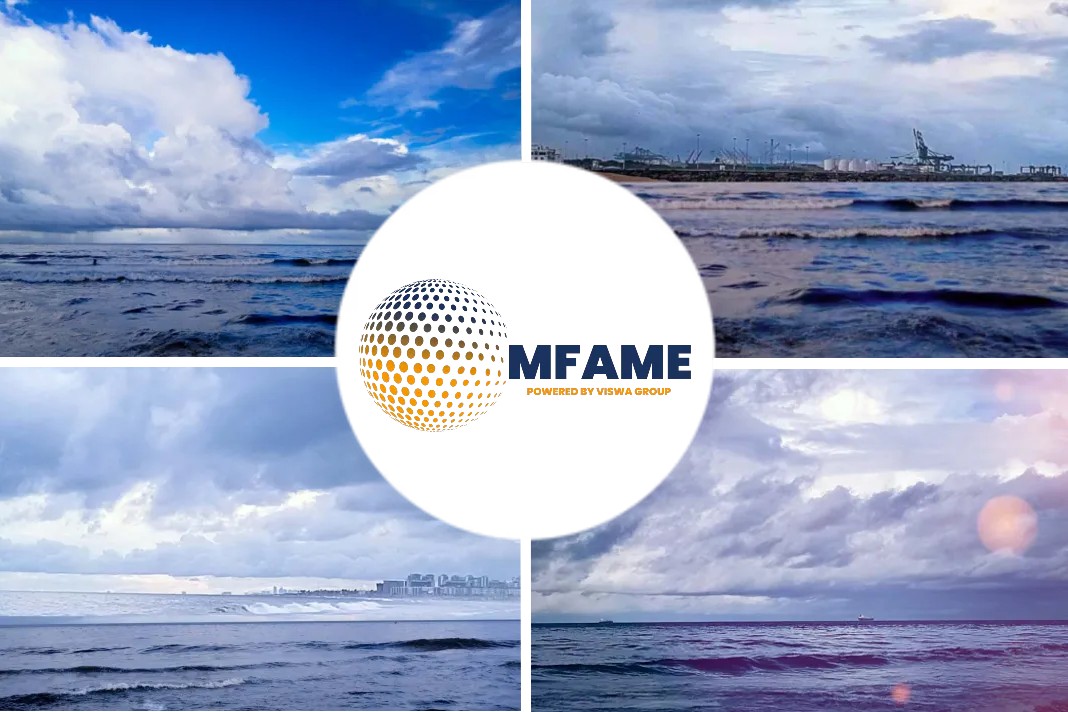
Over the last 25 years, the global container transport industry has undergone significant economic and safety developments. As with so many aspects of life, many such developments are incremental and have faced various head-winds, such that highlights from this last quarter century may not necessarily be strong indicators of future trends, reports Ulrich Kranich, Chairman of the TT Club.
The work that TT undertook with McKinsey & Company leading to the publication of ‘Brave new world? Container transport in 2043’, to mark the Club’s 50th anniversary in 2018, continues to provide a solid overview of the industry and proposed four potential different worlds for the future; we are now five years into that timeline and already have seen a number of bold ‘no regret’ moves, as well as shifts in the overall landscape.
Globalisation and Trade
The container transport industry has been a substantial beneficiary of globalisation and increased international trade. Many words have been penned concerning the ease of use of container units, as well as diversification to cater for more specialised requirements (such as temperature control or transport of liquids), and their inherent intermodality has continued to be attractive for the movement of commodities from the point of origin through to ultimate destination. This has also included facilitating the pre-manufacture collection of raw materials and components. Intermodal transportation has enabled efficient movement of goods from production to consumption, minimising handling and reducing transit times.
Such broad adoption across all land-masses of the globe has also resulted in substantial improvements to infrastructure. There has been focus on the growth of the overall container fleet capacity, and particularly the largest container ships (now exceeding 24,000 TEU), as liner operators have sought to achieve greater economies of scale while maintaining flexibility to serve different trade routes with appropriate tonnage.
The obvious impact at sea has been matched – and exceeded – by what has happened on land: a significant expansion and development of ports and container terminals. New ports have been constructed, existing ports have expanded their yard and handling capacity.
Perhaps more importantly, intermodal connectivity has improved in order to facilitate seamless movement of containers far inland. Often in the public gaze, road networks have continued to advance; less obvious potentially has been the strengthening of rail infrastructure in many parts of the globe. This latter development has benefited from political pressures for modal shift and environmental enhancement.
Furthermore, logisticians and disrupters have become adept at developing the seamless movement of freight integrating surface and air modes of transport to facilitate greater efficiencies and flexibility in order to deliver faster fulfilment, particularly fuelled for e-commerce.
Did you subscribe to our daily Newsletter?
It’s Free! Click here to Subscribe!
Source: TT Club






















